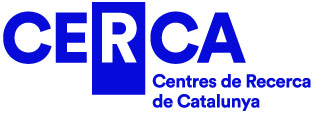
The AI4Archaeology project aims at developing a series of algorithms using deep-learning approaches for the detection of archaeological structures above the surface or partially buried. The project will test a series of innovative approaches to archaeological site detection, which include:
1. New types of training procedures such as curriculum learning and data augmentation approaches, including the use of synthetic data.
2. A hybrid machine learning strategy combining pixel and object deep learning-based detection
3. The use of a multisource approach combining different types of sources, such as lidar and multispectral imagery, and integrating purposedly developed sources with our own specialised algorithms.
4. New algorithmic methods of data cleaning and filtering of false positives using environmental variables developed in house.
The detectors will be applied in 12 areas within the autonomous communities of Extremadura and Aragón, corresponding to 30,800 Km2 (a little more than the 6% of the total surface of the country). This study constitutes, therefore, the largest to date in which automated site detection procedures have ever been applied to our knowledge.
The project will include training for Enel operatives on the application of the detectors. The training will be directed towards operatives with no previous experience in the application of machine learning algorithms. The algorithms will be developed so they can be employed using freely available standard software and conventional computers.
Project funded by ENEL Green Power.






